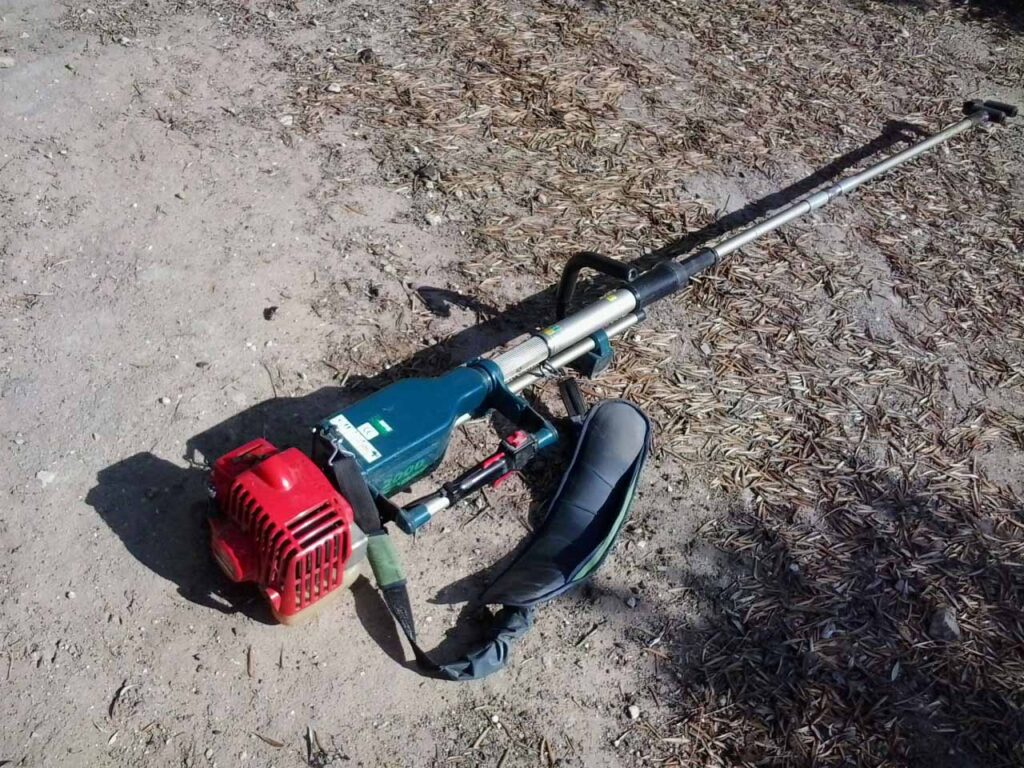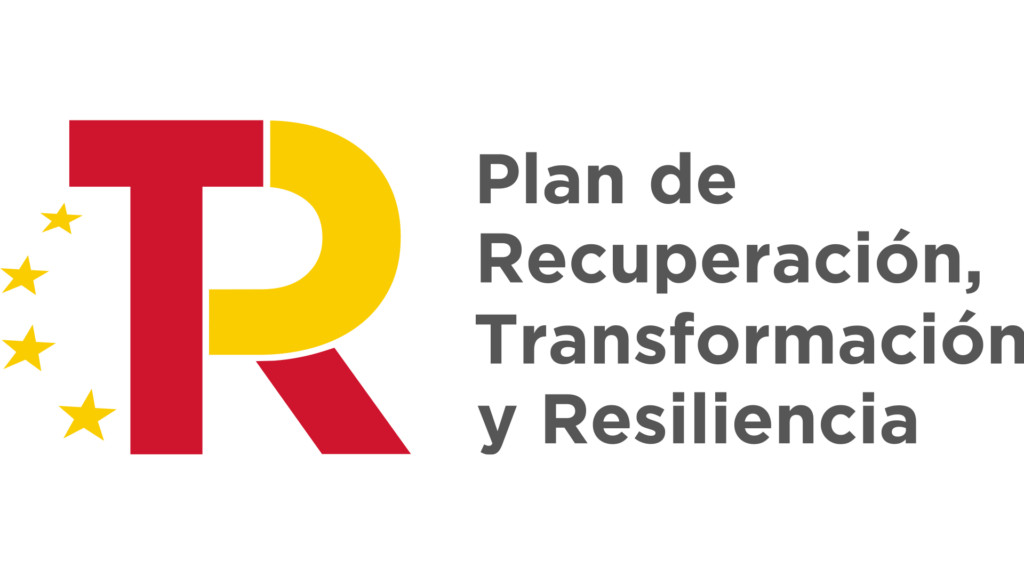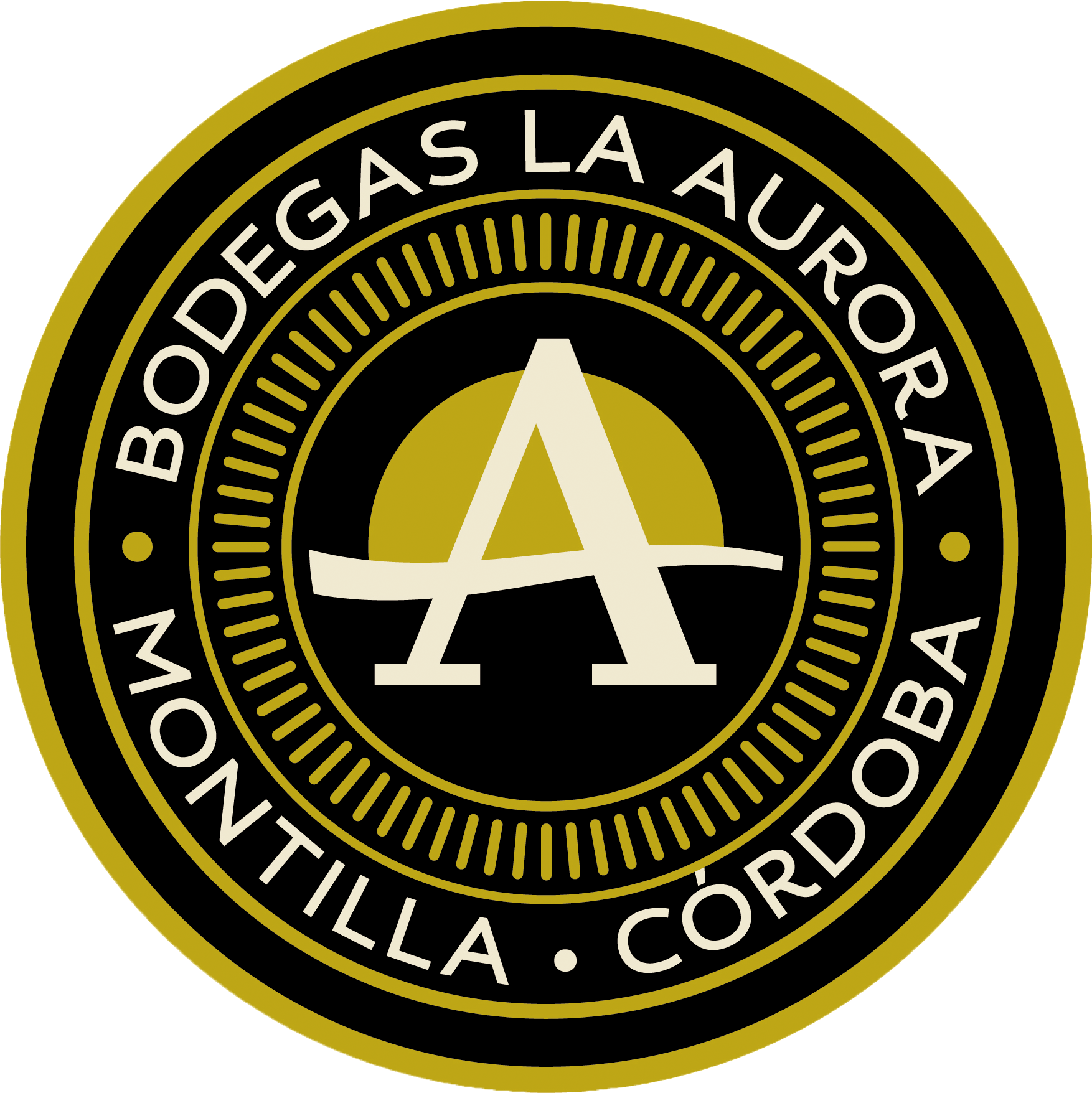What is the greening of olives?
Hello! In this week’s article I am going to talk to you in a little more detail about what is the greening of olives?
Already in the previous article, autumn arrived at Bodegas La Aurora, I gave you a few glimpses of what it is like, but given that now that the harvest is over, it is time to carry out this task, I am going to tell you in more detail what this is about.
Note that at Bodegas La Aurora, green olives are not collected, since the machinery for their production is not available.

Before continuing, we recommend that you visit our list of oils on the website by clicking here.

What is greenery?
Verdeo is the work of collecting green olives, hence its name. It is carried out during the months of late September, October and a good part of the month of November, although it will depend on the amount of olives that the olive tree has, the greater the amount, the longer the olive will remain green and therefore the longer time to pick it up.
The main variety of olive tree in which this work is carried out is the hojiblanca, in addition to being the predominant variety in this area. This variety is used because it has a harder skin that is able to withstand the products that are later added to turn it into the traditional “table olive”.
Collection process
At the beginning of this activity, several years ago, the olives were collected by hand, which is called “milking”. With the advancement of technologies in the field of agriculture, several tools were introduced that facilitate and reduce the costs of this work. Among these tools, the most commonly used here are: handheld vibrator and tractor vibrator.
The first is carried by a person hanging as if it were a guitar and can only be hooked from branch to branch.

The tractor vibrator is much larger in size than the previous one, there are ones attached to the front and rear of it. These hook the entire leg of the olive tree, so the collection time compared to the hand vibrator is greatly reduced.
Olive selection at the cooperative
With both one machine and the other, care must be taken not to damage the olives as much as possible, since upon arrival at the cooperative and subsequent emptying, a selection process is carried out.
It takes into account the damage of the olive and the size. Depending on this, it is classified into three categories, each one will be paid at a different price:
1. First class olive: for the olive to be within this category, the maximum number of units per kilo is 300.
2. Second-class olives: here it is allowed to reach 360 units per kilo.
3. Third-class olives: all the others fall into this category.
This classification activity is not always carried out, since if we choose to take them to a “private olive purchase”, they will only be classified into two sizes:
1. First-class olives: There is no stipulated minimum quantity here and it will depend on the size of the “piquera”.
2. Perdigón: it is the olive that passes through the “piquera” and is generally quite small.
I hope I have clarified a little more about what the greening of olives is? Greetings and until next time!
Bodegas La Aurora S.C.A.
Avda. de Europa, 7 Montilla Córdoba 14550
Tél: 957 650 362
Tél: 957 654 642
Email: administracion@bodegaslaaurora.com
Store Hours
- Monday - Friday:
- 9:00 - 20:00
- Saturday:
- 9:00 - 14:00
Office Hours
- Monday - Friday:
- 7:00 - 15:00
- Saturday:
- Cerrado





